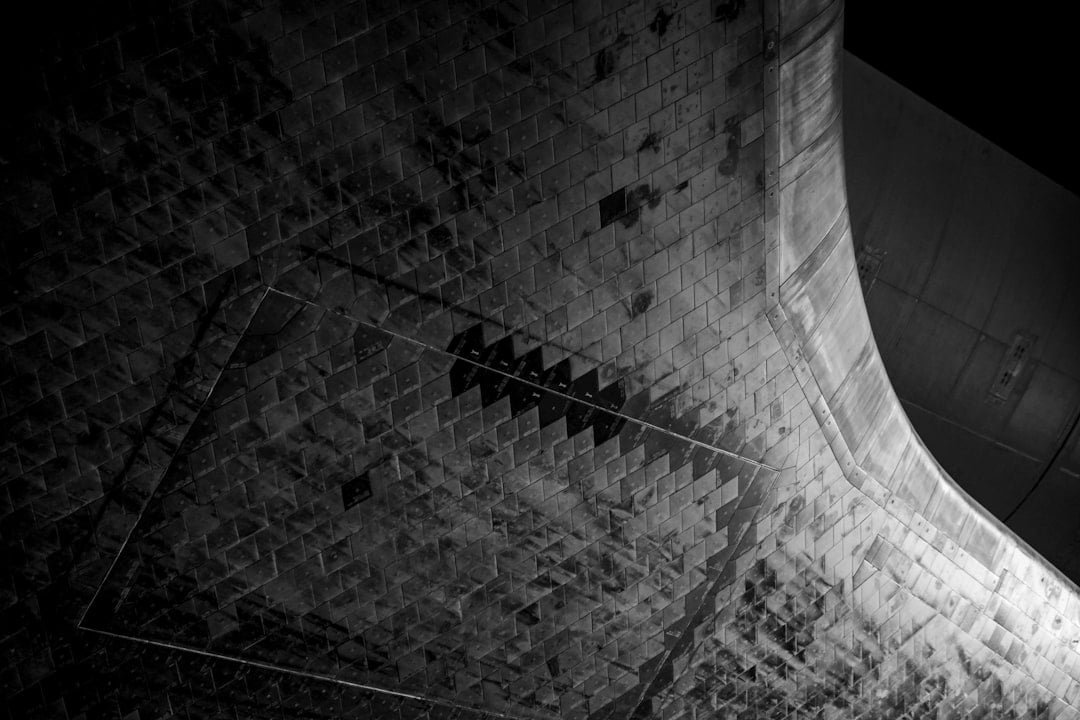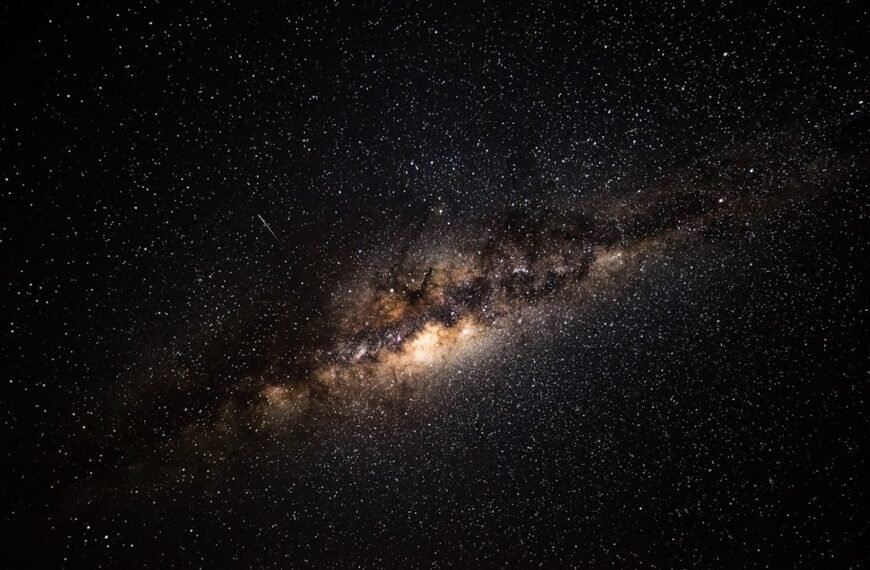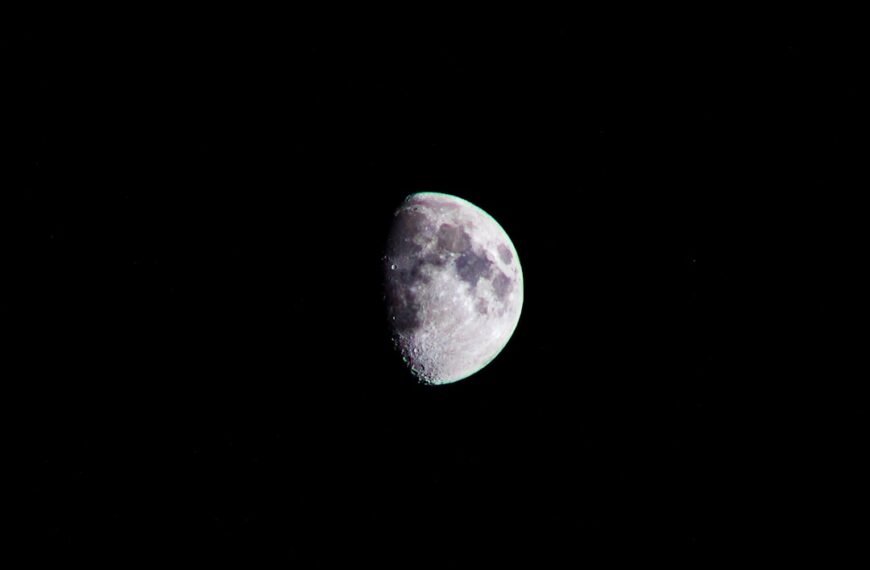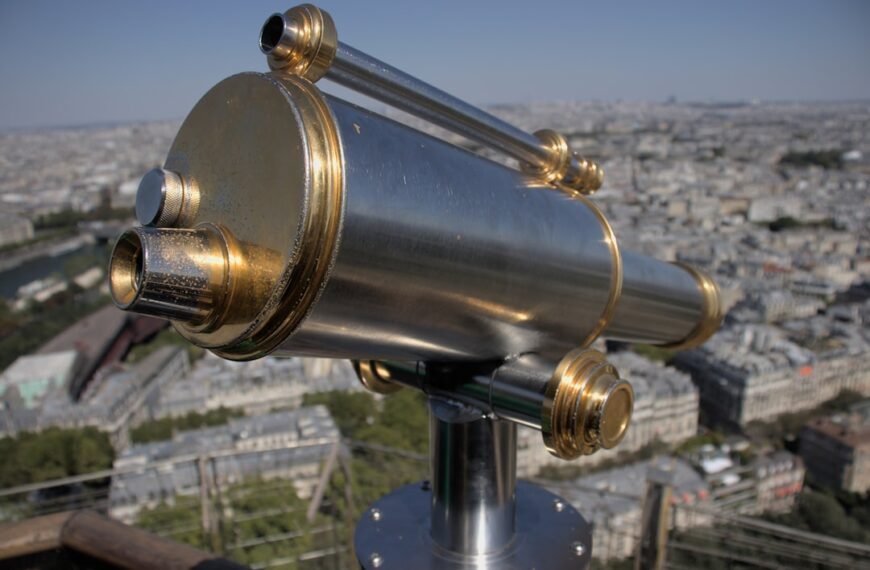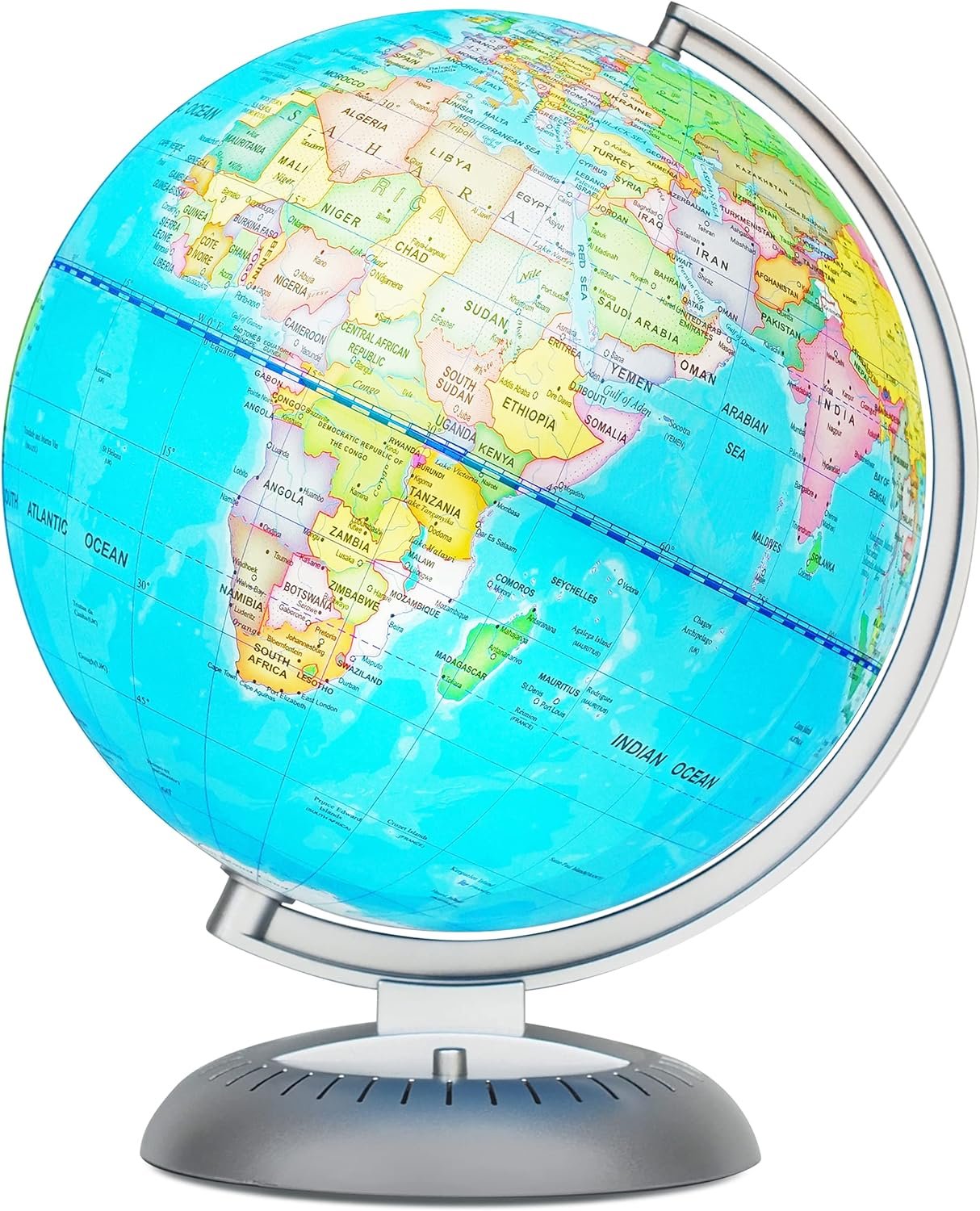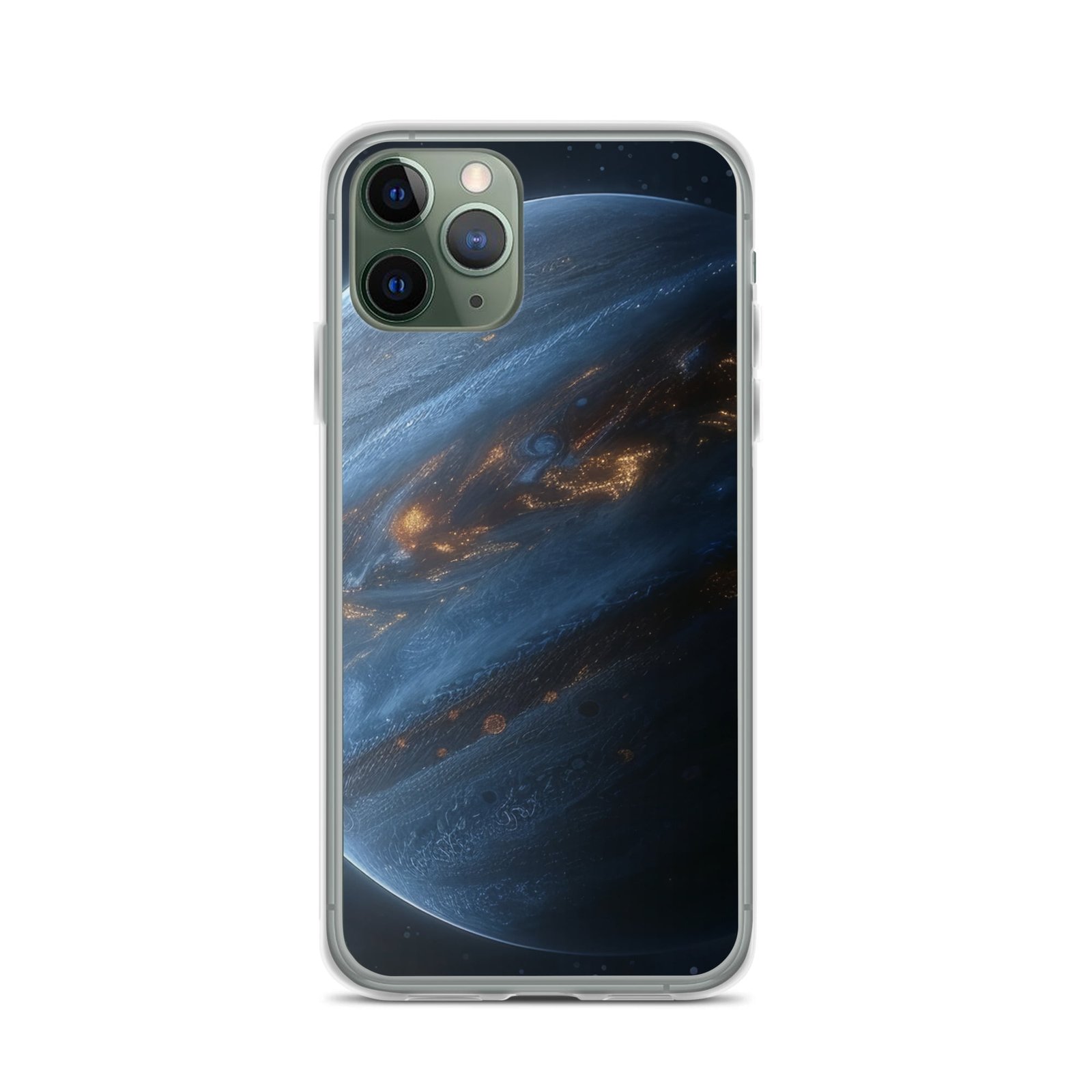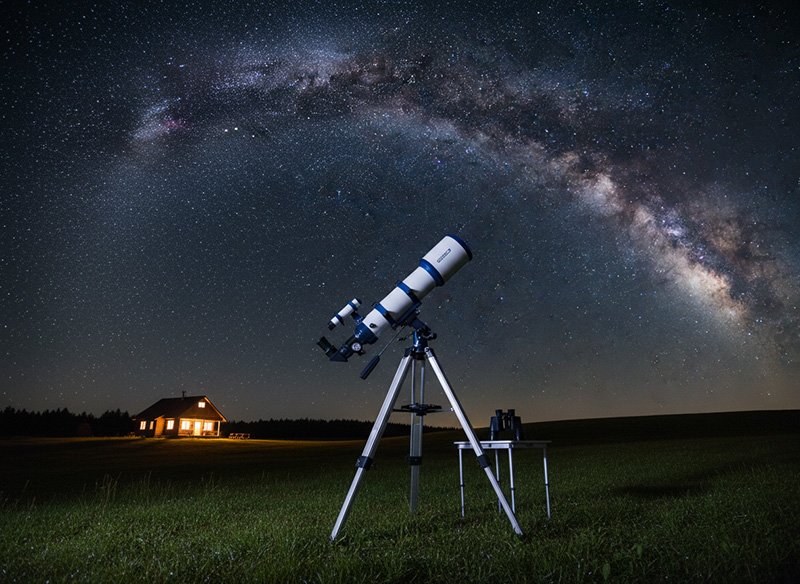When observed from space, Earth presents itself as a spherical celestial body characterized by distinct color patterns. The planet’s surface is predominantly covered by blue oceans, which occupy approximately 71% of its area. Landmasses, appearing in shades of green and brown, make up the remaining 29% of the surface.
A layer of white clouds is visible in the atmosphere, which extends about 100 kilometers above the Earth’s surface. The planet’s shape is an oblate spheroid, slightly flattened at the poles and bulging at the equator due to its rotation. This shape is a result of the Earth’s formation and ongoing geological processes.
The thin atmosphere, composed primarily of nitrogen and oxygen, appears as a faint blue halo surrounding the planet when viewed from space. Earth’s appearance from orbit provides a unique perspective on the planet’s geological features and atmospheric dynamics. The distribution of continents and oceans reflects billions of years of tectonic activity and other geological processes.
Weather patterns, visible through cloud formations, demonstrate the complex interactions between the atmosphere, oceans, and land surfaces. This view of Earth from space offers valuable insights into global systems and processes, including climate patterns, ocean currents, and large-scale geological structures. It also allows for the observation of human-made features such as city lights and large-scale land use changes, providing a comprehensive view of both natural and anthropogenic influences on the planet.
Key Takeaways
- Earth appears as a beautiful blue marble with oceans and continents when viewed from space.
- The atmosphere and clouds of Earth add to its beauty when seen from space.
- Human activity has had a visible impact on Earth’s appearance from space, including city lights and pollution.
- Natural landscapes and features such as mountains and deserts are visible from space.
- The changing seasons and weather patterns on Earth are observable from space, adding to its dynamic appearance.
The Blue Marble: Earth’s Oceans and Continents
Oceans: The Deep Blue Expanse
When observed from a distance, the oceans appear as vast expanses of deep blue, with intricate patterns of currents and eddies visible from above. The contrast between the deep blue of the oceans and the lighter shades of the continents creates a striking visual effect that highlights the beauty and diversity of Earth’s landscapes.
Continents: A Tapestry of Life
The continents, with their varying shades of green, brown, and white, are a testament to the rich tapestry of life that thrives on Earth. From the lush rainforests of the Amazon to the snow-capped peaks of the Himalayas, the continents are a showcase of the planet’s natural wonders. The intricate patterns of rivers, lakes, and mountains add to the visual appeal of Earth’s landmasses, creating a breathtaking sight that evokes a sense of awe and wonder.
A Call to Action: Preserving Our Planet
The “Blue Marble” image serves as a powerful reminder of the importance of preserving our oceans and continents for future generations to cherish.
The Beauty of Earth’s Atmosphere and Clouds

The Earth’s atmosphere, when viewed from space, appears as a thin veil surrounding the planet, with its delicate layers of gases creating a mesmerizing display of colors and textures. The bluish hue of the atmosphere is a result of sunlight scattering off air molecules, giving it a serene and ethereal appearance. The wispy clouds that float in the atmosphere add to the overall beauty of Earth’s skies, with their intricate patterns and ever-changing formations creating a dynamic and captivating sight.
The beauty of Earth’s atmosphere and clouds serves as a reminder of the delicate balance that sustains life on our planet. The atmosphere acts as a protective shield, filtering out harmful radiation from the sun and regulating the temperature to create a habitable environment for living organisms. The swirling patterns of clouds are a testament to the complex dynamics of weather systems on Earth, highlighting the interconnectedness of all natural processes on our planet.
The view of Earth’s atmosphere from space is a poignant reminder of the need to protect and preserve our fragile environment for future generations.
The Impact of Human Activity on Earth’s Appearance from Space
Human activity has had a profound impact on Earth’s appearance when viewed from space. The spread of urbanization and industrialization has led to visible changes in the landscape, with sprawling cities and infrastructure altering the natural beauty of the planet. From space, the glow of city lights at night is a stark reminder of human presence on Earth, highlighting the extent of urban development and its impact on the environment.
The effects of human activity are also visible in the form of pollution and deforestation, which have altered the natural landscapes and ecosystems on Earth. The spread of smog and haze over urban areas is a visible indicator of air pollution, while large-scale deforestation has led to the loss of vital habitats and biodiversity. These changes in Earth’s appearance serve as a sobering reminder of the need for sustainable practices and environmental conservation to mitigate the impact of human activity on our planet.
Natural Landscapes and Features Seen from Space
The natural landscapes and features seen from space are a testament to the diverse beauty of Earth’s surface. From the majestic peaks of mountain ranges to the winding rivers and lush forests, the planet’s natural wonders are a sight to behold from above. The intricate patterns of deserts, coastlines, and volcanic formations add to the visual appeal of Earth’s landscapes, creating a stunning mosaic of colors and textures that captivate observers.
The view of natural landscapes from space serves as a reminder of the importance of preserving our planet’s biodiversity and ecosystems. The rich tapestry of life that thrives on Earth is evident from this vantage point, highlighting the interconnectedness of all living organisms and their dependence on healthy ecosystems. The natural landscapes seen from space are a testament to the resilience and beauty of our planet, inspiring us to protect and conserve these precious resources for future generations.
The Changing Seasons and Weather Patterns on Earth

Seasonal Changes from Space
The changing seasons and weather patterns on Earth are visible from space, showcasing the dynamic nature of our planet’s climate. From the snow-covered landscapes of winter to the vibrant blooms of spring, the seasonal changes are a testament to the cyclical nature of life on Earth.
Weather Patterns and Climate Dynamics
The swirling patterns of weather systems, including hurricanes, typhoons, and cyclones, highlight the powerful forces at play in shaping our planet’s climate. The intricate dance of atmospheric processes and climate dynamics is evident from this vantage point, highlighting the need for sustainable practices to mitigate the impact of climate change.
A Call to Action
The view of changing seasons and weather patterns from space serves as a reminder of the fragility and resilience of our planet. The changing seasons and weather patterns on Earth are a poignant reminder of our responsibility to protect and preserve our planet for future generations.
Earth’s City Lights and Human Settlements from Space
The view of Earth’s city lights and human settlements from space is a testament to human ingenuity and innovation. The glow of city lights at night creates a striking visual effect that highlights the extent of urbanization and human presence on our planet. From space, sprawling cities and urban areas are visible as clusters of light, showcasing the impact of human civilization on Earth’s landscape.
The presence of human settlements from space serves as a reminder of our responsibility to create sustainable and resilient communities. The spread of urbanization has led to visible changes in Earth’s appearance, highlighting the need for responsible urban planning and environmental conservation. The view of Earth’s city lights from space is a poignant reminder of our interconnectedness as a global community, inspiring us to work together to protect and preserve our planet for future generations to thrive.
If you’re interested in learning more about the mysteries of space, you might want to check out the article “What is the Bubble Universe Theory?” This article delves into the fascinating concept of a universe that is constantly expanding and creating new “bubble” universes within it. It’s a thought-provoking read that will leave you pondering the vastness and complexity of the cosmos.



